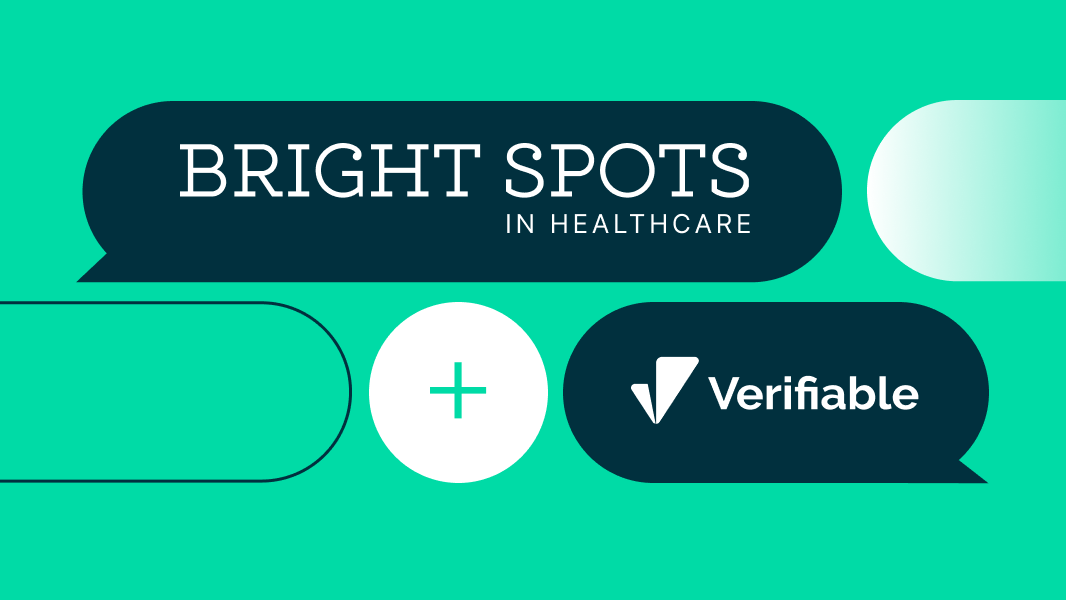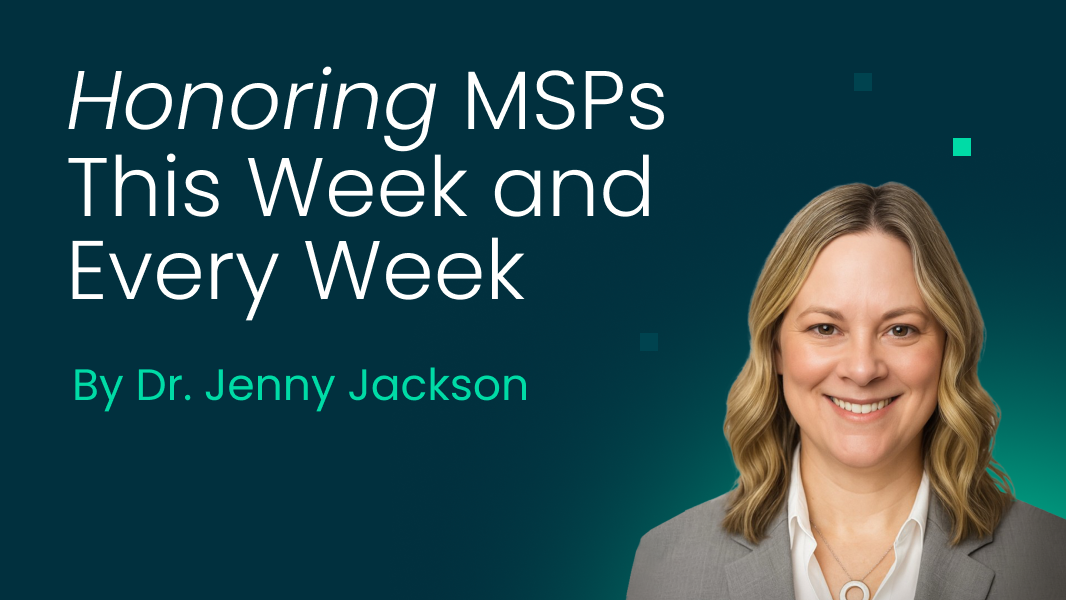In 2017, Telehealth grew 53% in just one year, and this was before Covid-19. The need for telehealth has exploded during the pandemic, and the market is expected to expand to $130 billion by 2025.
Is your digital healthcare company ready to keep up with demand?
Credentialing & enrollment operations owners for virtual care, telemedicine, and online mental health now face a unique set of demands as these organizations look to quickly grow their provider networks to meet surging demand and achieve growth targets. Operations teams are starting to re-examine their workflows as they’re required to onboard and monitor large volume of healthcare professionals across numerous states and license types — while also maintaining a positive provider experience.
Provider licensing and credentialing is a critical step that often bottlenecks the expansion of telemedicine services and the growth of provider networks. This article will walk you through provider licensing and credentialing and how the rapid expansion of virtual care networks and their unique needs are giving rise to powerful new back office technology to power their growth.
What’s the difference between credentialing, licensing and privileging in healthcare credential verification?
These terms are used interchangeably and are often grouped with the acronym CLP. But it is essential to acknowledge them separately so that the processes can be simplified and streamlined for the volume that is expected to develop from increased demand in Telehealth. As a group of actions, they are aimed to assess whether or not practitioners are competent to practice medicine. CLP is intended to protect consumers. It is challenging because every state will have different requirements for credentialing, licensing, and privileging.
Credentialing is when the healthcare provider certifies that the practitioner has the required education, training, and experience to practice under individual state laws.
As the name implies, Licensing deals with a professional's officially held licenses. Licensing includes education, training, and examination. The scores, length of license, and training amount can all vary from state to state. So being licensed in one state does not automatically transfer to another. Additionally, practitioners’ licenses can expire at different times in different states.
Privileging occurs at the employer level. Credentialing and licensing should be viewed as regulatory legalities, but privileging is much more tailored to how the practitioner performs to the company's standards. This is where many healthcare companies fine-tune a process to assess competence.
How does primary source verification help with provider credentialing & enrollment?
The core of credentialing is to ensure that all healthcare providers are fit to serve patients with the highest quality. The best way to ensure that healthcare practitioners and mental health providers accurately represent themselves is to use primary source verification.This step can be timely, and it can slow down the credentialing process. Primary source verification is an essential task for a Virtual Care provider because it reduces liability and verifies information in the most accurate manner.
What are primary source examples in healthcare licensing and credentialing? Federal and state government agencies are a huge category. Some examples are licenses, NPI, DEA, sanctions & exclusions lists (OIG, LEIE, GSA, SAM, OFAC), the National Practitioner Data Bank (NPDB), state certifications, and other state & board certifications. These primary sources are often critical to the credentialing processes that healthcare organizations perform to maintain patient safety and overall network compliance. Additionally, these same primary sources are also often required for provider enrollment (which is a whole other blog post!) if the organization is looking to bill and be reimbursed by a health plan/payer.
How do we define Telehealth?
Telehealth and telemedicine a broad term for delivering care over distance involving communication via technology - though typically done via videoconferencing of some sort. This includes clinical work, diagnosis, and treatment. If a medical or mental health practitioner is providing care in a state, they must be certified in this state. More recently, we’ve seen the rise of the term "virtual care" which is often used interchangeably with telehealth — though, more specifically, virtual care can also refer to a broad range of care delivered virtually (via app, text reminders, instant messaging etc..) versus a direct patient-provider video visit.
What makes telehealth credentialing different?
Credentialing can already be a challenge because different states, hospitals, and licensing boards have different requirements. License verification and credentialing typically have been highly manual tasks — requiring operations teams to go out to multiple of primary sources, manually enter provider details, review results, screenshot results, and regularly monitor. Unsurprisingly, credentialing often becomes a major bottleneck for healthcare organizations looking to grow their provider networks and safely meet patient demand. Due to the high manual effort involved and the lack of accurate, centralized provider data - many fast growing healthcare (and virtual care) organizations experience slow turnarounds of many weeks to months to get a provider credentialed. Even when using legacy credentialing platforms, these vendors rarely have APIs to integrate into core systems and often rely on manual teams themselves to look up and turn-around the data.
This is of particular issue for fast-moving telemedicine and virtual care organizations who are looking to quickly grow their provider networks, meet patient demand and establish their prominence in the market amongst many new entrants. These organizations have typically built their tech stacks from scratch using the latest technologies and they want their provider data living in their core systems of record. Additionally, telehealth organizations are highly focused on expanding their provider networks, and thereby are competing to deliver an easy onboarding experience for the clinicians they are trying to recruit.
Additional CLP Challenges for Telehealth
The compliance industry was not prepared for the pandemic. Reportedly, in 2018 only 14 doctors were licensed and credentialed to practice medicine in each of the 50 states. The push for Telehealth requires a provider to be licensed and credential in multiple states. The biggest issue that compliance officers will run into when performing credential verification for Telehealth is the volume of information that has to be processed. Providers are entering the Telehealth field in huge numbers, and many are seeking credential verification in multiple states.
It is not enough for the doctor to be credentialed in the state they are in, but they also need to have their credentials verified in every state their patients are receiving care. Many compliance officers are running into more stringent Telemedicine guidelines compared to in-person policies. This can slow down CLP. Licensing and credentialing are already incredibly time-consuming, labor-intensive, and expensive now healthcare companies are doing it for more doctors in more places due to Telehealth demand. Furthermore, many credentials are bound to lapse because provider credentialing will grow to become so complicated in so many states.
How Verifiable Powers Virtual Care Companies
Verifiable API-first platform automates primary source verifications in seconds to speed up provider onboarding, streamline provider credentialing & enrollment while also simplifying network management. Verifiable connects to hundreds of primary sources to perform real-time monitoring and deliver nearly instantaneous results that can be integrated into any operational system or workflow — saving time, reducing costs and improving compliance. Leading virtual care organizations like Lyra Health, Talkspace, NOCD, Fountain, Circle Medical, Sesame, OnDiem and numerous others in helping them quickly onboard the best providers, efficiently credential and enroll them to start generating revenue, and maintain ongoing compliance of their growing provider networks. If you're a fast-growing telehealth or virtual care organization looking to tackle similar challenges around scaling efficiently - get in touch and let us show you how we can help
See how Verifiable can help you streamline your verification process. Get a demo

.svg)




